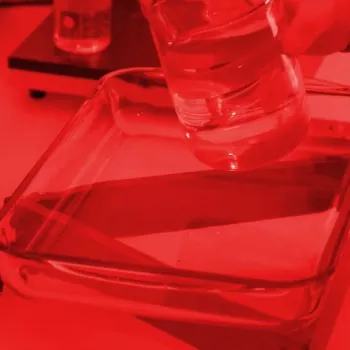Roger Fenton's photographic processes
Roger Fenton made his photographs by printing from glass negatives, using a process called the wet collodion process. The negatives were then shipped back to Britain where they were used to make prints in two different ways – the salted paper print and the albumen print. These two short films demsontrate the techniques as they would have been used in the mid-1850s, illustrating some of the dificulties facing Fenton as a photographer 'in-the-field' during his Crimean commission.
These films were made to accompany the exhibition 'Shadows of War' at the Queen's Gallery, Palace of Holyroodhouse.









